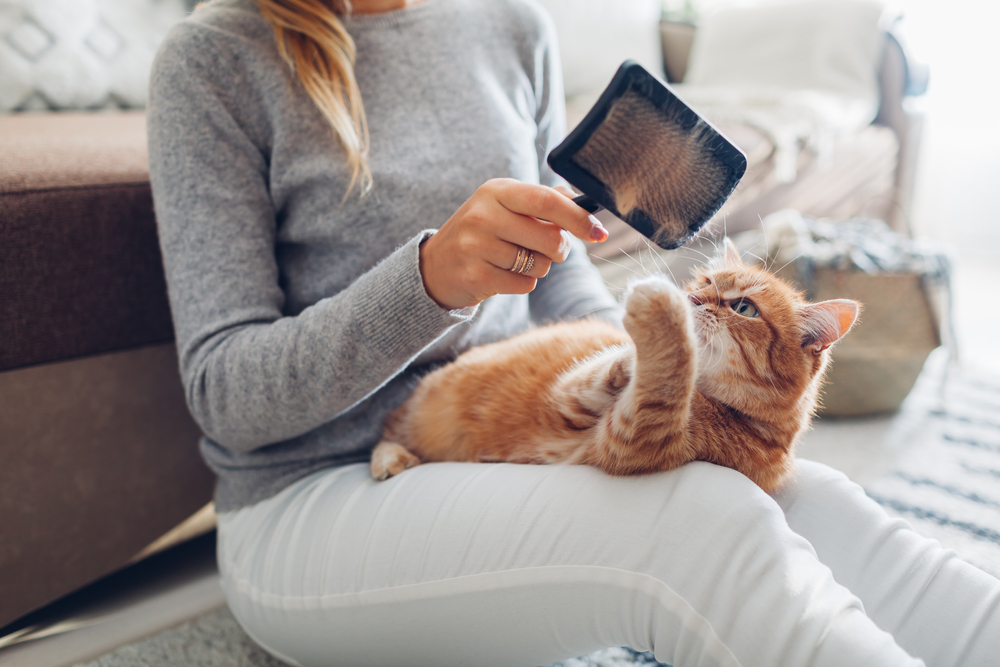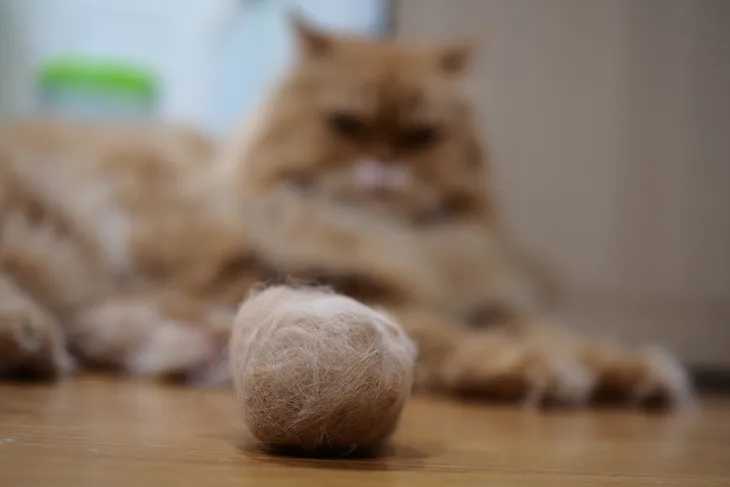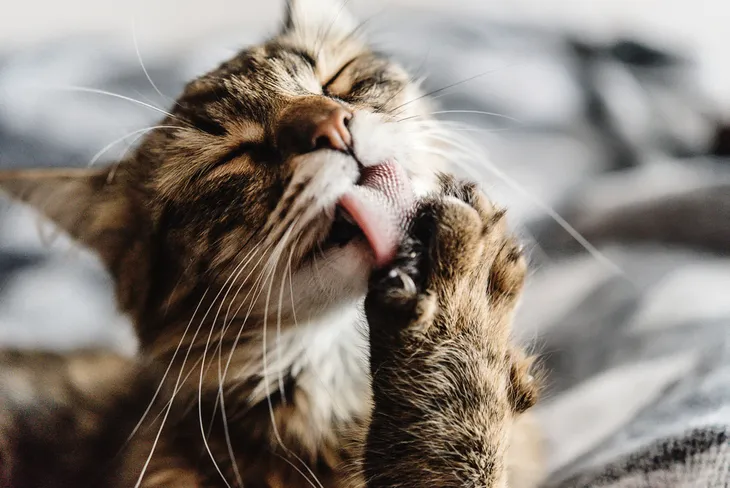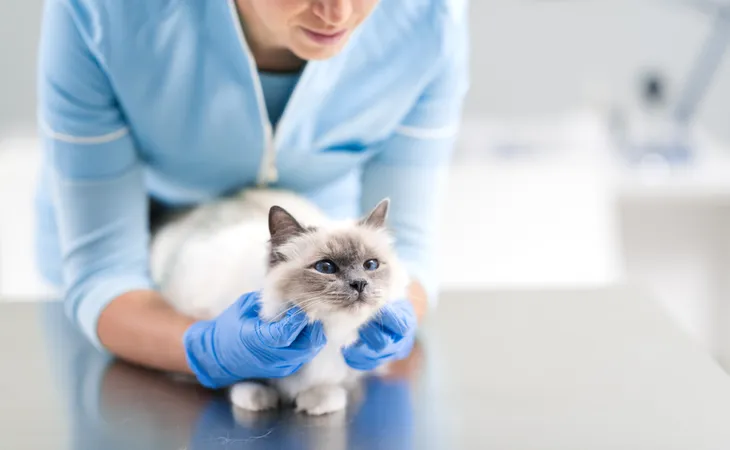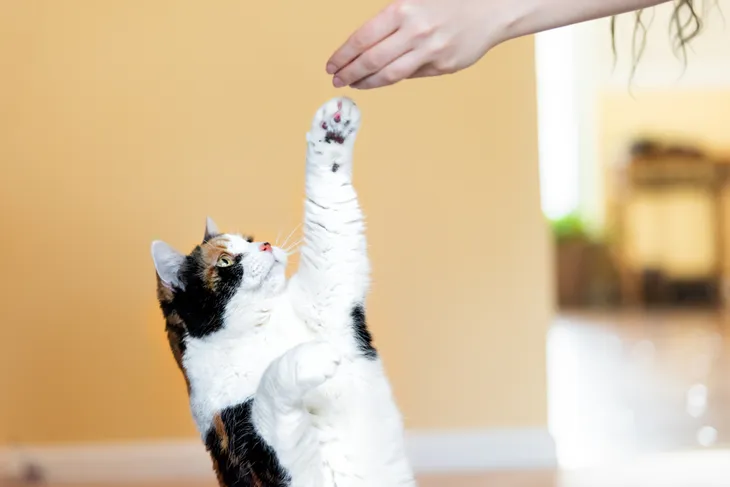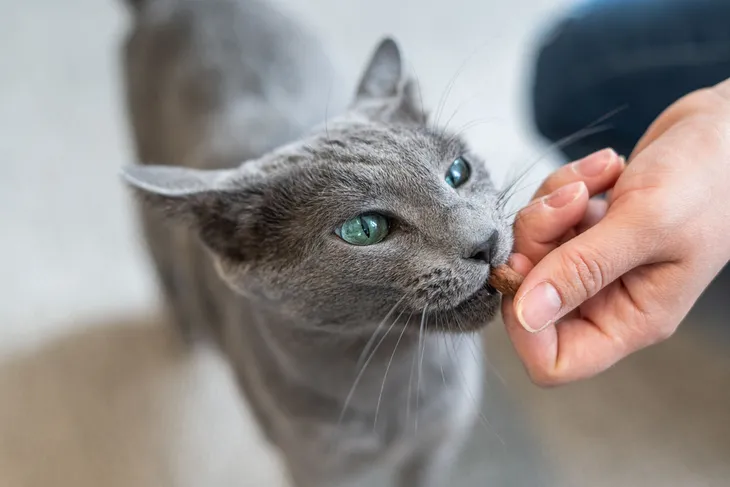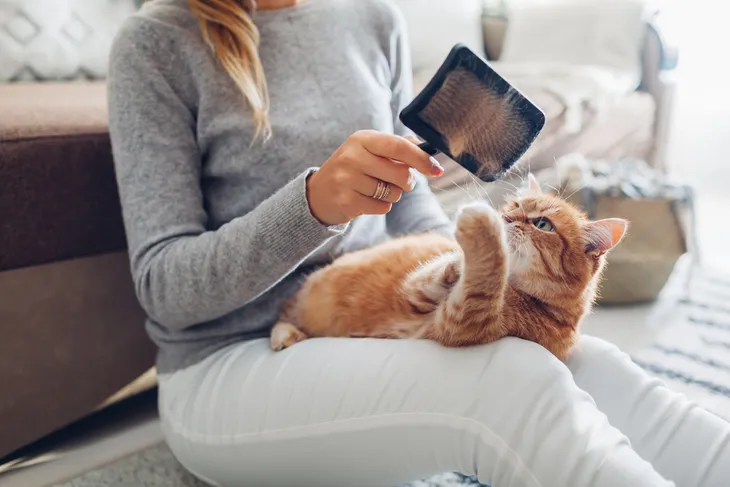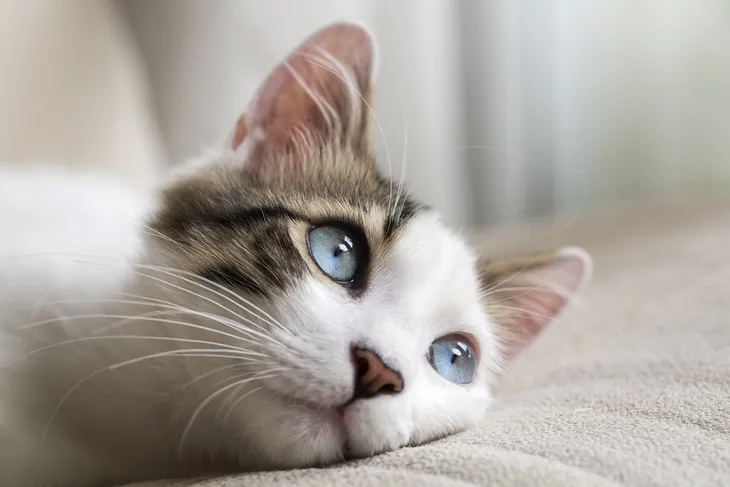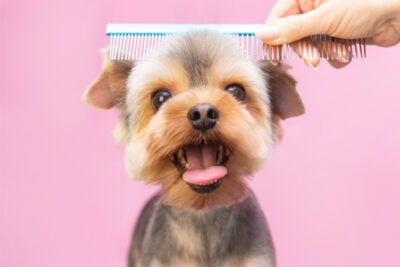Raising cats is one of life’s great pleasures. Dog people may disagree, but this article isn’t for them anyway. Building a relationship with your cat, soothing them when they’re scared, and watching them grow is incredibly rewarding! But, just as with all things, raising a pet cat isn’t without its challenges.
Furniture damage, the litter box, and the rising cost of pet food aren’t too fun. Neither is helplessly watching your beloved fur baby suffering through the discomfort and irritability associated with hairballs. So, what are hairballs, what causes them, and what can a proactive cat owner like you do about them? Read along to find out!
What Are Hairballs?
When it comes to descriptive words, you can do a lot worse than “hairball”. It’s true, the word hairball really does lay it all out for you.
A hairball is a small collection of hair or fur that’s formed in the stomach of some animals that is often vomited up once it becomes too big. Visually in cats, hairballs look like an elongated cylinder that’s composed of packed fur and are sometimes mixed with semi-digested food.
Are They Normal?
Hairballs are indeed a normal part of a cat’s life. Having said that, hairball frequency is important to watch.
As a rule, one hairball a week is considered a “normal” production rate for cats of all coat lengths. If you notice that your cat is producing two or more hairballs in a week, consider scheduling an appointment with a local veterinarian.
Symptoms
Now that we’ve established what they are, and their normal frequency, it’s time to break down the various peripheral symptoms of hairballs in cats. Yes, there is more to hairballs than finding one staining your Persian rug. Hairballs are part of your cat’s digestive tract, and the following list of symptoms reflects that.
Symptoms of hairballs include ongoing periods of gagging, retching, vomiting, or hacking without producing a hairball. They also include a lack of appetite, lethargy, constipation, and diarrhea. If you do notice these symptoms, it’s important to notify a professional right away, as hairballs can potentially lead to a life-threatening blockage.
Causes
Cats are particular about their coats, and as such, they clean themselves constantly. Part of the grooming process is ingesting some of their own fur.
Depending on the cat, some of the hair will pass through their digestive tract and into their feces. Others may accumulate hair in their stomach, only to be vomited out when it becomes too big.
Diagnosis
As mentioned earlier, lethargy, vomiting, and a loss of appetite are all common symptoms associated with hairballs. But they can be symptoms of other more serious illnesses as well. If you are concerned about your cat in any way, it’s best to reach out to your veterinarian for a comprehensive exam and diagnosis.
A veterinarian will perform a physical exam to establish if the source of the symptoms is a hairball or something more serious. They may ask you questions about your cat’s medical history, the prevalence of hairballs, and even order a blood test or radiograph to check for blockages.
Treatment: Discourage Excessive Grooming
If you find yourself constantly waking up to find a hairball on the floor, or if your cat has chronic digestive problems, you’ll want to try your best to nip their hairball problem in the bud however possible. One way to address this problem is by discouraging your cat from grooming too much.
Though it is hard to train a cat, it can be done through positive reinforcement and a lot of attention. Discouraging a cat from grooming too much is accomplished by distracting them with a toy or treat whenever you feel that they may be grooming too much.
Treatment: Change Diet
Hairball trouble and discomfort can be alleviated with specialized, hairball formula food as well. Hairball formula cat food is blended with a heightened focus on fiber and prebiotics meant to build and maintain a healthy digestive system and improve the health of a cat’s coat.
They’re designed to minimize shedding and arm your cat’s belly with everything that it needs to be able to handle any fur that they do manage to swallow. Check with your veterinarian to find out if your cat can benefit from this special hairball formula diet plan.
Treatment: Laxatone
If a change in diet fails, you could always try Laxatone chews. Laxatone chews were designed to provide relief to cats that struggle with hairballs.
Using a combination of mineral oil, soy lecithin, and aloe vera gel, these chicken-flavored chews lubricate the ingested hair allowing it to pass through their stool. The chews also contain a healthy dose of omega-3 and omega-6 fatty acids to promote healthier skin and coat and reduce shedding.
Treatment: Regular Grooming
The root cause of most hairball problems is grooming. As such, proactive pet owners can aid the process by purchasing a grooming brush and helping their cat dispose of those loose pieces of fur before they end up in their digestive system.
Consider grooming your cat with a brush at least once per day. Not only should you notice fewer hairballs, but a regular grooming routine will keep wayward cat fur off your clothing and furniture too!
Treatment: Surgery
Hairballs can be a serious problem for some cats. In some cases, hairballs have trouble passing through a cat’s digestive system and cause blockages. These blockages can be life-threatening.
When this happens, your veterinarian may opt for surgery to physically remove the hairball and alleviate the blockage. There is no blueprint to dealing with hairballs in your cat, and every single one is different, which is what makes regular veterinary visits a critical aspect of the overall health and well-being of your furry friend.
Recovery
With professional monitoring and diligence, your cat’s hairball problem can be alleviated. Recovery is a matter of monitoring your pet throughout the treatment process and reporting your findings to your veterinarian accordingly.
It’s important to keep a written log throughout the recovery process documenting hairball regurgitation as well as any other troubling symptoms that your cat may display. Rest assured though, there are plenty of options out there to provide relief for you and your cat.
The Takeaway
Hairballs are a normal part of a cat’s life, but that doesn’t mean that they are all created equally. Some cats shed more, or have digestive problems, increasing the likelihood that they may develop more hairballs than normal, or have trouble passing them smoothly.
Thankfully there are options. Specialized hairball formula, Laxatone, and surgery can handle the most extreme cases, and a regular grooming routine can help too. Be proactive, schedule regular veterinarian appointments, and monitor your cat’s behavior diligently to catch any potential symptoms early.
